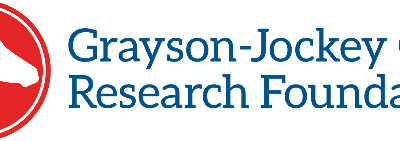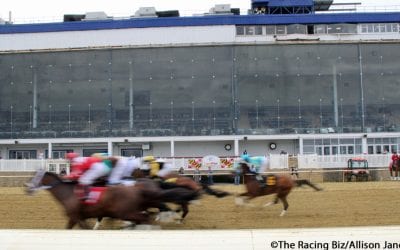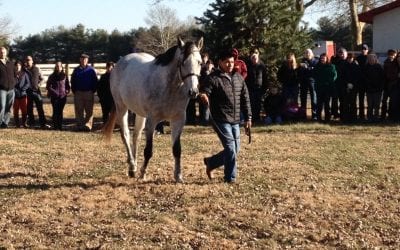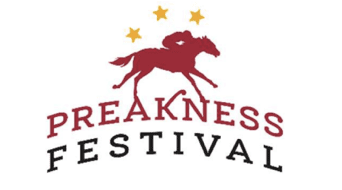Equine Injury Database: Rate of equine fatalites drops
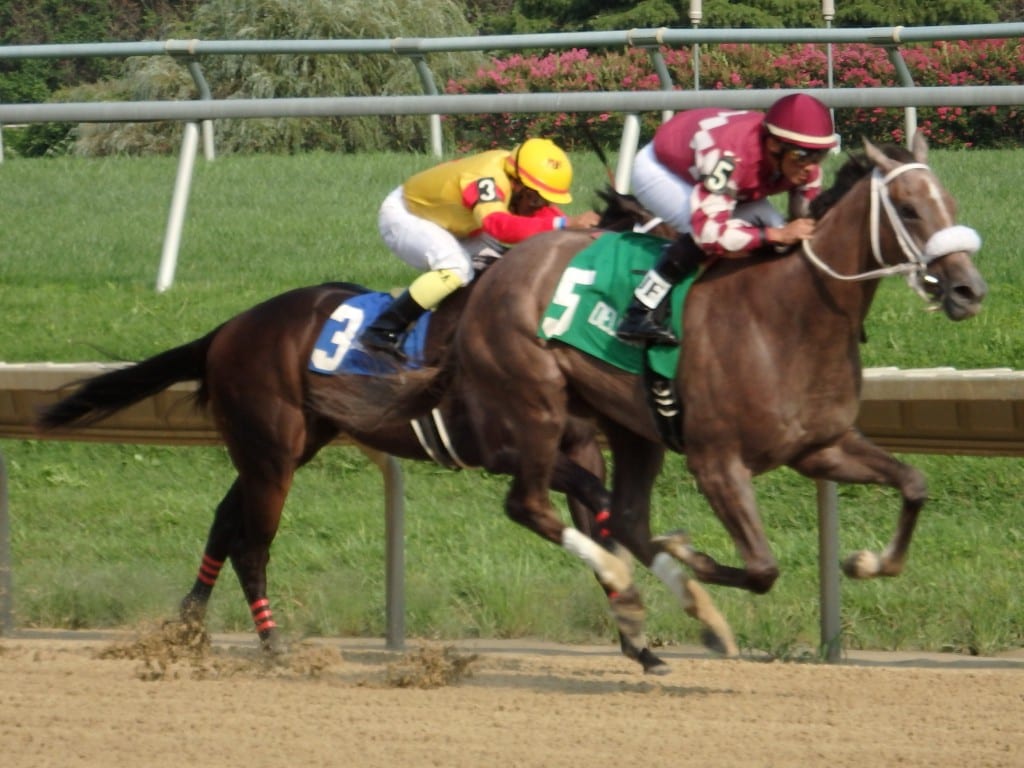
Photo by The Racing Biz.
An analysis of data from the 11th year of reporting to the Equine Injury Database (EID) shows a decrease in the rate of fatal injury in 2019 (1.53 per 1,000 starts) compared to 2018 (1.68 per 1,000 starts), The Jockey Club announced today. The 2019 rate of fatal injury is the lowest number since the EID started collecting data in 2009. The overall drop in the risk of fatal injury from 2009 to 2019 was 23.5%.
Based on the 2019 data, 99.84% of flat racing starts at the racetracks participating in the EID were completed without a fatality. (Click here for graphs of the fatality rate by year on different surfaces, at different distances, and for different age groups).
Although many factors are associated with racing fatalities, traditionally the annual summaries have been prepared by surface type. The incidence of fatality per 1,000 starts by racing surface for 2019 is as follows:
- Dirt, 1.60: On dirt surfaces there was a 14.2% decrease in risk of fatal injury from 2018 to 2019 (statistically significant P=0.04). Since 2009, on dirt there has been a 24.1% drop in the risk of fatal injury (statistically significant P<0.001).
- Turf, 1.56: Turf surfaces had a 30% increase in risk of fatal injury from 2018 to 2019 (not statistically significant). Since 2009, on turf there has been a 19.6% drop in the risk of fatal injury (not statistically significant).
- Synthetic, 0.93: The rate of fatality in 2019 dropped below 1.0 for the first time since annual summaries were first reported in 2009. Synthetic surfaces saw a 24% decrease in the risk of fatal injury from 2018 to 2019 (not statistically significant). Since 2009, on synthetic there has been a 37% drop in the risk of fatal injury (statistically significant P=0.04).
“Although the incidence of racing fatalities on dirt surfaces reached an all-time low in 2019 of 1.60, the results on turf increased from 1.20 in 2018 to 1.56 in 2019. The number of starts on turf has been trending upward and this increase in fatalities likely indicates a set of risk factors unique to turf racing may be driving the results,” said Dr. Tim Parkin, Professor of Veterinary Epidemiology at the University of Glasgow. “Understanding the factors that contribute to increased risk of fatality is a continuous pursuit, one that would benefit tremendously from reporting data on injuries to horses that occur during morning training hours.”
“The 23.5% reduction in fatal injuries since 2009 indicates that the Thoroughbred industry’s commitment to equine safety is paying dividends,” said Kristin Werner, senior counsel of The Jockey Club, the organization that maintains the Equine Injury Database. “Capturing injury data from morning training hours at racetracks as well as data related to treatments and procedures would greatly improve the precision of our risk models, increasing the ability of racetrack personnel to identify horses at risk even before they hit the entry box.”
Since March 2012, racetracks have been able to voluntarily publish their statistics from the EID on The Jockey Club website. The 27 tracks that self-reported in 2019 had a slightly higher incidence of fatality (1.53) than non-self-published (1.52) across all surfaces.
Racetracks accredited by the National Thoroughbred Racing Association (NTRA) Safety and Integrity Alliance had a lower incidence of fatality per 1,000 starts versus non-accredited tracks across all surfaces (1.46 vs. 1.59). This difference was not statistically significant.
Short races of fewer than 6 furlongs have consistently been associated with the greatest incidence of racing fatality. In addition, 2-year-olds again had the lowest rate of catastrophic injuries compared to 3-year-old and older horses.
The Jockey Club thanks all participating racetracks for supplying these critical data and continues to encourage the reporting of all injuries and fatalities occurring during morning training hours. Currently, reporting of injuries and fatalities occurring during morning training hours is incomplete with only a few tracks consistently supplying that data.
The EID statistics are based on injuries that resulted in fatalities within 72 hours from the date of the race. The statistics are for official Thoroughbred races only and exclude steeplechase races. Summary statistics for the EID are subject to change due to a number of considerations, including reporting timeliness.
Throughout the course of 2020, 111 racetracks accounting for approximately 99% of flat racing days are expected to contribute data to the EID.
The Equine Injury Database, conceived at the Grayson-Jockey Club Research Foundation’s first Welfare and Safety of the Racehorse Summit, was launched by The Jockey Club in July 2008 and seeks to identify the frequencies, types, and outcomes of racing injuries using a standardized format that generates valid statistics, identifies markers for horses at increased risk of injury, and serves as a data source for research directed at improving safety and preventing injuries.
LATEST BUSINESS NEWS
Grayson-Jockey Club Foundation announces 2025 funding
More than $2.6 million in Grayson-Jockey Club Foundation funding will support 16 new and 10 continuing projects.
National Thoroughbred League to head to Pimlico, Parx
The National Thoroughbred League will bring its “horse team” concept to Pimlico the week before the Preakness and then to Parx.
Laurel Park alters condition book
Laurel Park will resume carding lower-level claiming races and introduce a new Maryland-bred or -sired maiden race effective in May.
Global stallions app adds new feature
The Blood-Horse’s global stallions app has added a new comparison tool, the company announced.
Equineline introduces OTTB profile
The Jockey Club today announced the new Off-Track Thoroughbred Profile, the first equineline.com report centered on Thoroughbreds in their second careers.
Preakness Festival events announced
Maryland’s First Lady Dawn Moore this week announced a slate of events that will comprise this year’s Preakness Festival.


